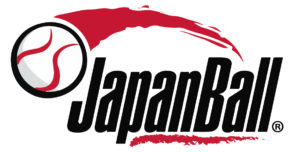November 17, 2020
By Carter Cromwell
As the 1990s began, baseball was pretty much nothing in Attnang, Austria. Then Yurek Korzeniowski and a few friends showed up and started to make it something.
Nearly three decades later, the Attnang Athletics club has a loyal fan base, a very nice ballpark and four Austrian League championships to its credit.
That’s something, but the transition from nothing didn’t happen overnight.
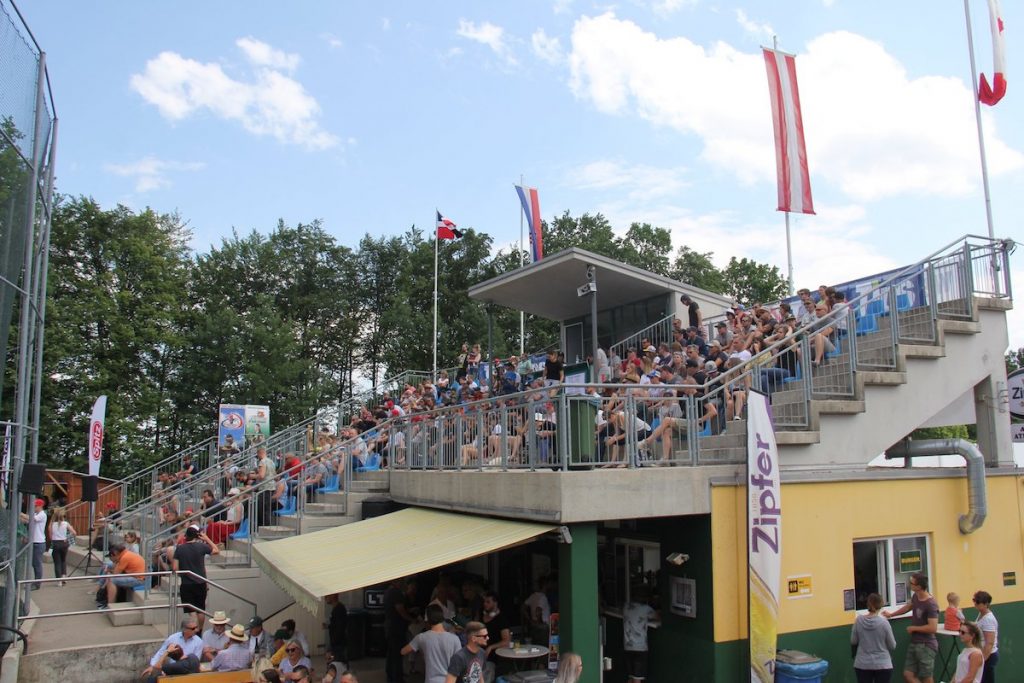
A’s Ballpark Today
“When we got started, it was just a few goofballs throwing the ball around,” said Andre Gruber, one of the original players and still a member of the team. “It’s hard to believe that a small club from a small town could have come so far.”
Wolfgang Strini, another of the original players, said with chuckle, “We were just lucky that we had several crazy people who kept things going and helped us get to where we are now.”
Indeed. Let’s go back to the beginning.
Born in 1946, Korzeniowski was originally from Austria but moved with his family to Venezuela – a hotbed of baseball – when he was young. Later, he spent time in Australia and followed the game there, as well. He returned to Austria when he was in his late 30s, and he and his friends established the team in Attnang in 1991 as part of a four-team league.
“He’d traveled all over the world,” Gruber said. “Baseball had been the only constant in his life, and he really missed it when he came back to Austria in his late ‘30s.
“My cousin started playing and told me I should try it,” Gruber continued. “He said they had this new game going and it was a lot of fun. I’d been a soccer player, but I was too slow and short to be successful. I loved baseball right away . . . There are so many different facets of the game that fascinated me.”
Strini had seen the movie “Bad News Bears”, had played catch with some balls that a friend’s father had brought back from the United States, and had watched some major league games on television with German commentators. But he’d never played the game until he was 18 and showed up one Sunday with a friend.
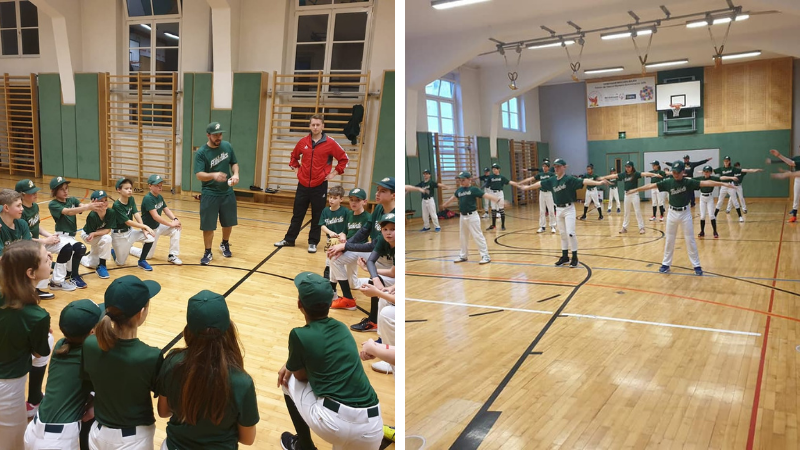
Today the A’s boast multiple youth teams that practice year round
“There were no clubs in existence then, so we decided to start one,” he said. “The score of our first game was something like 35-26. We didn’t know how to play.”
The team played its first season on a soccer field, which had no pitching mound and created some odd dimensions, such as a 120-foot right field and a 400-foot left field – “kind of a mess,” Gruber said with a laugh. “After practices, we’d shovel some sand around to fix up the field.”
Eventually, though, the wear and tear from baseball made the field unplayable for soccer, so the team had to move. It next rented some land from a farmer in a nearby village, which also produced some oddities.
“There was a restaurant right behind the backstop, and there were actually two fences in the outfield,” Strini said. “The first was too close, so the rule was that you had to hit the ball over the second fence to get a home run. Balls hit between the two fences were considered ground-rule doubles. There were also some sheep grazing in the area between the fences, but, luckily, we never hit any of them.”
In 1996, the club returned to Attnang when the city rented it some land at a nominal fee. The team members and other volunteers built the diamond, the costs covered by donations and proceeds from a tournament the club initiated 1997.

Local friends and family watch in bewilderment of this new game in town
“The city has really helped us out, big time,” said Gruber, whose day job is in banking. “Players, parents and friends built the ballpark, and we all paid for it. We started the tournament to make some money, and we were lucky to have 50 people watching at first. It wasn’t something that had been seen before in our town. We were like unicorns. People would watch for an hour or so and leave scratching their heads wondering ‘What are these guys doing?’ ”
It took a while, but they gradually learned, and the club steadily became more solid and competitive.
The tournament started in 1997, and the club brought in its first import players in 1999.
Sebastian Libiseller, now the club president, started as a player in 1998. Some friends had played, and a younger brother had played on a youth team.
“I went to practice one day and pretty soon got involved,” Libiseller said. “I made a comment in a meeting one day that the website wasn’t that good, so it fell to me to re-design it. I started with that and now have been president for six years.
Libiseller, who works as a sales manager for a food product company, acknowledged that he didn’t at first know how or if the club would develop.
“I was in my early 20s then. We’d start to talk about making the tournament bigger, building a stadium, and so forth, but you didn’t know if was just talk or something more. But there were always a few guys – a core – that were interested in doing more … stuff the other clubs weren’t. People like our former president, Rainer Krankl. They always thought you could keep pushing things forward.”
Strini added, “We were lucky to have that core group. It was the backbone of the club in terms of managing, making connections, getting sponsors – all the management stuff that is so necessary.”
The tournament gradually got bigger, and the club added an accompanying music festival, which helped draw attendees. Perhaps the biggest move came in when, under Krankl’s direction, the club started building a new field with accompanying facilities, including permanent seating for about 400 people and standing-room only areas that can hold another 400 or so, concession stands and a picnic area. There is even a Tiki bar just past the centerfield fence.
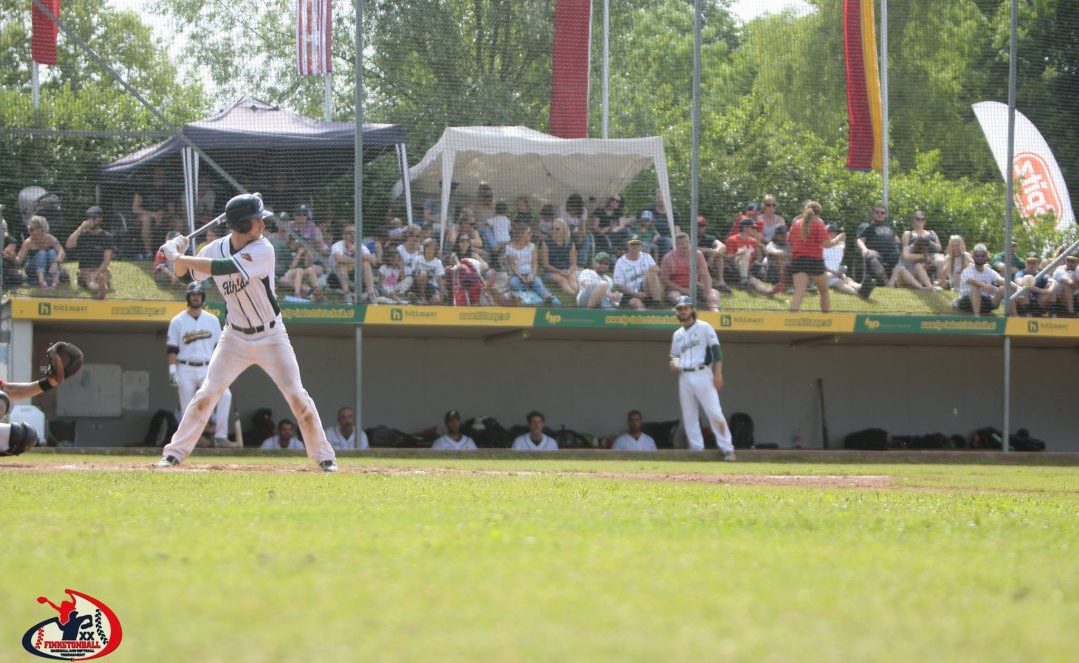
Finkstonball; The Athletics International Baseball & Softball Tournament. Photo credit: Joe Yun
“We first took down the old field and started from scratch. That took 8-9 months,” Libiseller said. “Then came the clubhouses and the stands. Altogether, the project took about two years. The work was all done by volunteers, except the things that had to be done with heavy machinery. People would work on it after they got home from their day jobs.
“That’s when I began to think we really had something with staying power,” he continued. “It was kind of like Field of Dreams stuff. Now when we do work on the field during the winter, we’ll get 40-50 people to help. We still have people come to games and tell us they helped build part of the ballpark.”
The new ballpark opened in 2007. Unfortunately, Korzeniowski didn’t get to see it, as he passed away in late 2006. However, the new facility sparked more interest – more fans, more people wanting to play, more teams wanting to play in the tournament. The music festival held at the same time now draws as many as 2000 people nightly.
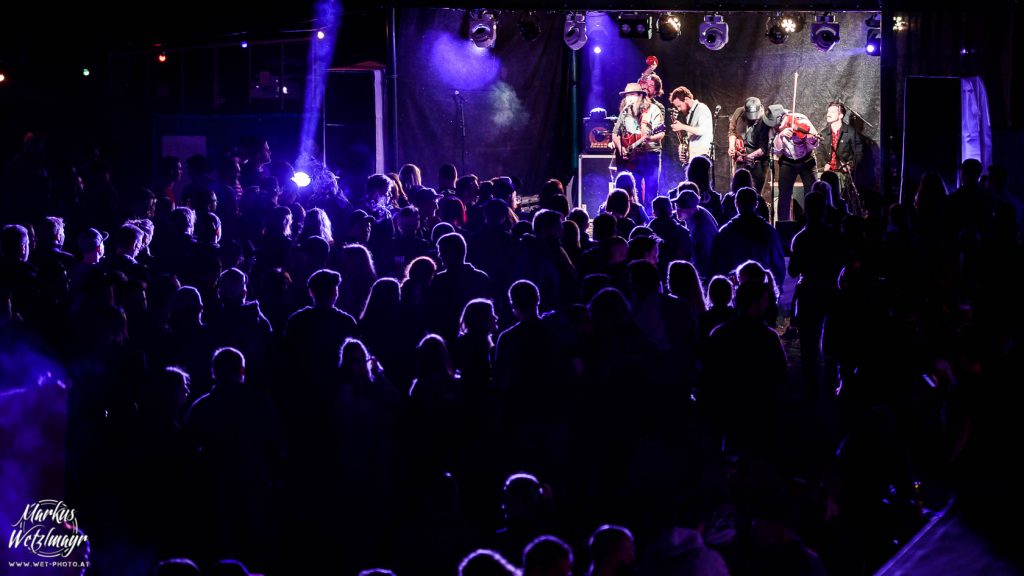
Finkstonball Open Air Concert
“Before we built the stadium, people thought something suspicious was going on – guys throwing a ball around and hitting it,” Libiseller said. “But then they started to realize we weren’t just goofing around. Now, you’ll see adults and children in town wearing our caps. Our stadium capacity is too small now.”
The club made its big breakthrough by winning the Austrian title in 2008, and it followed with championships in 2010, 2016 and 2017.

A’s celebrate their fourth Championship in 2017. Gruber, center with catcher’s gear, Libiseller in Jeans to his right
The club supports one adult team in first-level league, one in the second-level league, four youth teams and a women’s fast-pitch softball team, as well as some recreational slow-pitch softball. A grant from the Baseball Tomorrow Fund, jointly sponsored by Major League Baseball and the MLB Players Association, helped build a second field for youth teams, and the field also supports the women’s softball team. In addition, the club conducts a summer camp for youths. There are 110 players involved in the different programs, and about 25% are female athletes.
The club’s goal is to continue making steady development.

A’s Fastpitch & Youth Field
“We’re working more in the off-season now. This used to be a six-month sport for us, but we started a more professional off-season training a couple of years ago,” Libiseller said. “In general, we want to keep getting more knowledge, while improving our coaching and continuing to focus on youth development.
“Also, there is greater demand for use of the fields because of the number of teams we support, so we’re in the process of adding lights and expect those to be ready for next season,” Libiseller said. “We want to always be a step ahead as far as infrastructure goes.”
Related:
Attnang-Athletics 25 Year Anniversary Video 1991-2016
Not ready to hang them up? Seeking a new career path?
Annually our members sign over 300 contracts overseas. There are a variety of levels overseas which present opportunities for players and coaches, both aspiring and established professionals.
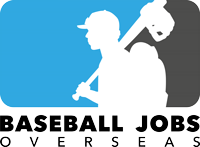

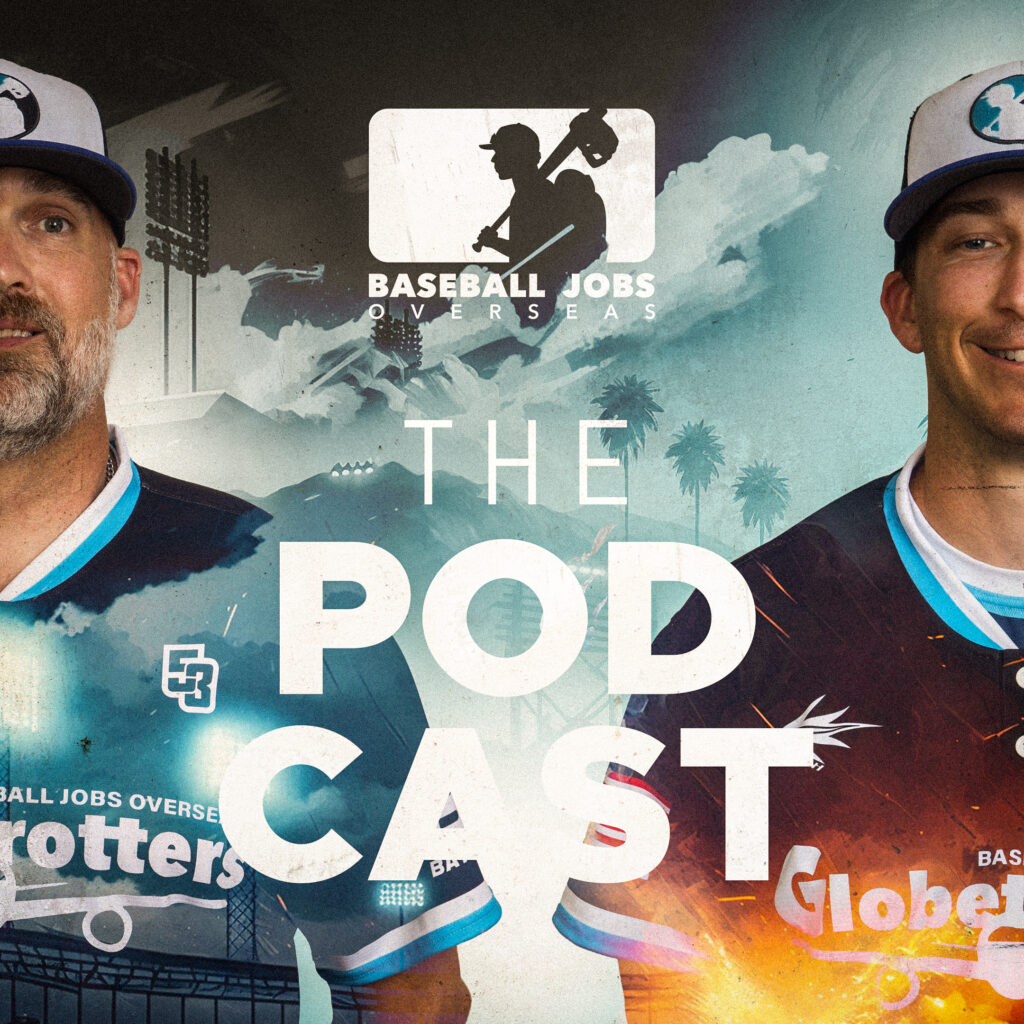

 Moonshot is a baseball apparel company based out of Mannheim, Germany, and is owned and operated by a good friend of ours, Juan Martin. What separates Moonshot from the other companies we have used in the past, is the value for your money and the customer service. You will not find prices like this in Europe or someone that responds faster.
Moonshot is a baseball apparel company based out of Mannheim, Germany, and is owned and operated by a good friend of ours, Juan Martin. What separates Moonshot from the other companies we have used in the past, is the value for your money and the customer service. You will not find prices like this in Europe or someone that responds faster. 
 High end, professional wood and composite bats with a wide selection of models using many different types of wood from Japan, North American and Taiwan. Hakusoh Bat is approved with the WBSC and across Europe.
High end, professional wood and composite bats with a wide selection of models using many different types of wood from Japan, North American and Taiwan. Hakusoh Bat is approved with the WBSC and across Europe. 




